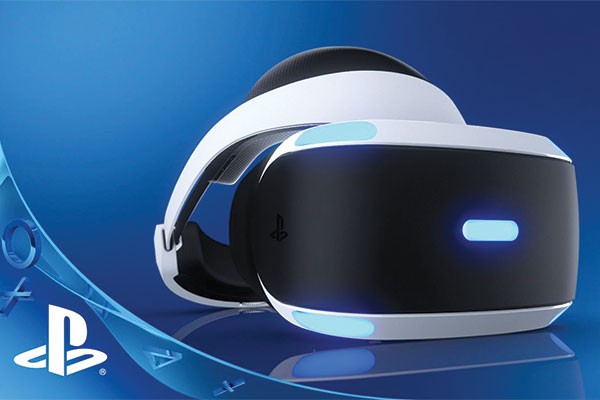Rating: 3.5/5
We are truly in the midst of a Virtual Reality (VR) renaissance. In the grand scheme of things the technology is in its infancy, but the days of Nintendo’s nausea-generator Virtual Boy are firmly behind us and the new generation of VR headsets are finally on the market. Not to mention the smaller, mobile options, there are three higher-end brands of VR gaming headsets competing for dominance: the Facebook-owned Oculus Rift, the higher-end HTC Vive and the current leader of the pack (in terms of sales, at least) Sony’s PlayStation VR.
It doesn’t take much investigation to figure out why PlayStation VR has sold more units than its competitors. Though its hardware isn’t quite as powerful, PS VR weighs in at a not insignificant $630, a couple of hundred dollars cheaper than the Oculus Rift and around half the price of a Vive. Even factoring in the hidden costs of a compulsory PlayStation camera and PS Move controllers, PS VR is more financially achievable and isn’t really a huge graphical step down from its competitors.
In terms of actual functionality, the PS VR headset can do a little more than just play VR games. You can view anything on your PlayStation through it, with your screen hovering in front of you, offering you your own private cinema. Nothing on the headset looks quite as impressive as it does on an HD monitor, but it is a fun novelty being able to play games and watch YouTube this way, bypassing the need for an actual television. However, in a large hit to its usability, VR videos can’t yet be viewed simply by browsing the web - to watch that sweet It’s Always Sunny in Philadelphia VR special you’ll have to download it to a flash drive or load it up on the PlayStation’s media server first.
Putting on PS VR for the first time is extremely impressive. Fiddling with the headset until it’s comfortable and clear can be frustrating at first, but once you’re there you’re dropped into a new world, your entire field of vision is a vast cosmos, or an alien, dinosaur-filled planet, or… a cartoon fast-food kitchen, whatever floats your boat. Surprisingly, this immersive experience works best not in hyper-realistic settings, but in stylised worlds not trying to convince you that you’re literally somewhere else. Playing horror game Resident Evil 7, for example, is pretty grim and terrifying - you’re surrounded by a viscerally uncomfortable environment, every gross and frightening fixture is disturbingly real. Unfortunately, a lot of this is lost in translation to VR - edges appear jagged and pixels are visible, giving a vague screen door effect. It’s not game-breaking, but it does damage the intense immersion that the game is striving for. This issue just isn’t a factor for less technically ambitious visuals, so more minimalist, stylised worlds offer a more appropriate visual experience.
One of the best experiences I have had using the PS VR is Robinson, an exploration game that has you searching through beautiful wildlife and hanging out with giant dinosaurs. The game itself hampers the player with frustrating puzzles and a general lack of direction, but as a VR experience and introduction to the hardware it works wonders, showcasing the potential of a VR environment. Space-dogfighting game Eve Valkyrie is another excellent introduction to the system, and maybe the best offering for PS VR on the market right now, giving the player exactly what they want from the hardware: beautiful visuals of deep space, exciting, freely controlled spaceship dogfights and, despite constant movement, very little of the motion sickness which seems to catch many players unawares in other titles.
One huge bonus of these games is that they don’t require the player to use PS Move controllers (though Robinson recommends it). Sony has begun strongly pushing PS Move (their brand of camera-detected motion controllers) with the launch of PS VR, rendering them almost compulsory. Unsurprisingly, Sony has repackaged and marked up the six-year-old technology, forcing players to invest in expensive peripherals in order to appreciate the full PS VR game library. VR should absolutely make the most of innovative, experiential gameplay, but pushing arcade-style games rather than supporting larger, mainstream titles could force PS VR into Sony’s peripheral-limbo, alongside the past EyeToy and PS3 Move catalogues.
Fortunately, most PS VR games aren’t too expensive, many costing around $30, plus there are plenty of free demos on the PlayStation store to try out. Unfortunately, most of these games have a very short lifespan offering maybe a couple of days of true fun, unlikely to keep the player coming back for more. For anyone struggling to decide whether to invest in PS VR, I’d suggest waiting for another six months or so and watching how the catalogue of VR games (and Sony’s support of the technology) evolves. Unless, of course, money is not a factor for you, then buy a headset, download some games and enjoy the new, underexplored, chaotic frontier of gaming!



